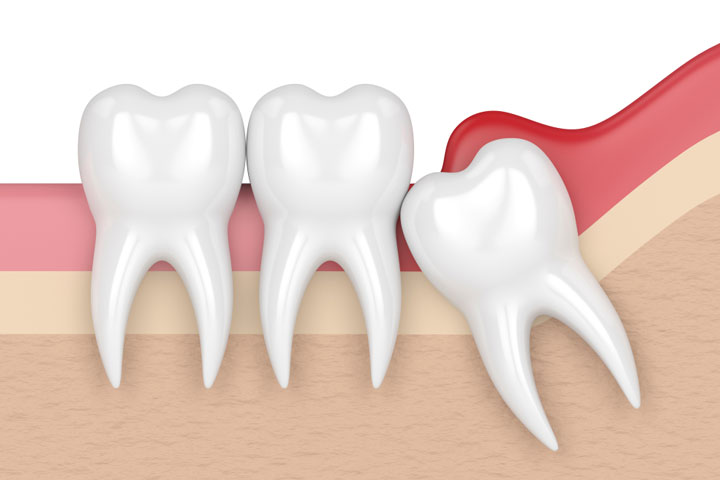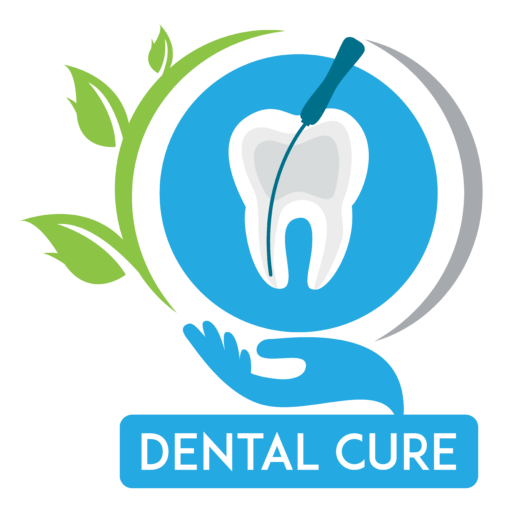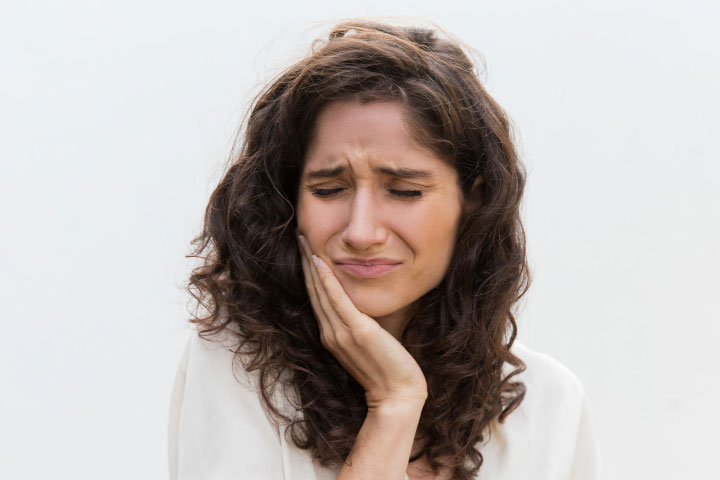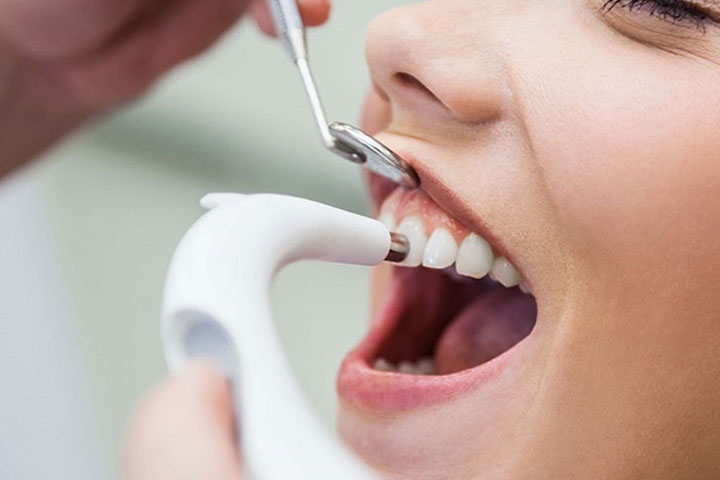
What is Tooth Extraction?
It is the removal of a tooth from the mouth due to one or many reasons.
Reasons for Removing a Tooth:
- Tooth that is too badly damaged, from trauma or decay, to be repaired.
- To prepare the mouth for alignment of teeth (orthodontics).
- Infection- If tooth decay or damage extends to the pulp.
- Risk of infection- If your immune system is compromised (for example, if you are receiving radiation or are having an organ transplant)
- Gum disease- Infection of the tissues and bones that surround and support the teeth that have caused loosening of the teeth
What to Expect with Tooth Extraction?
Dentists and oral surgeons (dentists with special training to perform surgery) perform tooth extractions under injection of a local anesthetic (or pain medicine) to numb the area.Once the tooth has been extracted, a blood clot usually forms in the socket. The dentist will pack a gauze pad into the socket and get you to bite down on it to help stop the bleeding. Sometimes the dentist will place a few stitches, usually self-dissolving, to close the gum edges over the extraction site.
Necessary Care After Tooth Extraction:
- Recovery typically takes a few days.
- Take painkillers as prescribed or over-the-counter products suggested by your dentists – such as ibuprofen, diclofenac, or paracetamol. Antibiotics might be prescribed in infected cases.
- Bite firmly but gently on the gauze pad to reduce bleeding and allow a clot to form in the tooth socket for a half-hour after the extraction.
- Apply an ice bag to the affected area immediately after the procedure to keep down bleeding and swelling. Apply ice for 10 minutes at a time.
- Relax for at least 24 hours after the extraction. Limit activity for the next day or two.
- Avoid rinsing or spitting for six hours after the extraction to avoid dislodging the clot that forms in the socket.
- After six hours, gently rinse your mouth with a solution made of half a teaspoon of salt in a glass of warm water.
- Do not drink from a straw for the first 24 hours.
- Do not smoke, as it can inhibit healing.
- Eat cold and softer foods (such as ice cream, milkshakes, yogurt, etc) the day after the extraction. Gradually add solid foods to your diet as the extraction site heals.
- When lying down, prop your head up with pillows. Lying flat may prolong bleeding.
- Continue to brush and floss your teeth, and brush your tongue, but avoid the extraction site. Doing so will help prevent infection.

Wisdom Tooth Extraction:
Wisdom teeth (your third molars) are the last teeth to come in and the ones least needed for good oral health. In most cases, they may do more harm than good.
Understanding Your Wisdom Tooth:
- Wisdom teeth erupt between the ages of 17-25.
- When a wisdom tooth does not have enough space to erupt, it gets trapped in the bone. Most people have four wisdom teeth, one in each corner of the mouth, but each tooth can be at a different stage of eruption and position of impaction.
- Being at the back of the mouth, good oral hygiene remains a challenge. Thus these teeth are prone to infection.
- Because of their position and angulation, wisdom teeth can cause pressure on adjacent teeth and nerves.
- A flare-up can cause a sudden onset of symptoms. The longer you wait to remove these teeth, the more firmly they get anchored.
Complications Caused by Your Wisdom Teeth:
- Infection in the wisdom tooth or adjacent tooth.
- Pain over the angle of the jaw
- Headache and other facial pains.
- Inability to open mouth properly.
- Inflamed or swollen gums over the affected area.
- Pressure on adjacent teeth leading to crowding.

Diagnosis and Treatment:
- X-rays: Help to determine position and angulation of the tooth, along with the shape of its roots.
- Medication: Antibiotics and anti-inflammatories are used to reduce pain and infection.
Surgery:
- Operculectomy: If the tooth is in the right position and is in the process of eruption, the flap of gum directly overlying the tooth can be trimmed to facilitate eruption.
- Disimpaction: If the tooth is infected or if there is insufficient space for eruption, then the tooth is surgically removed.



